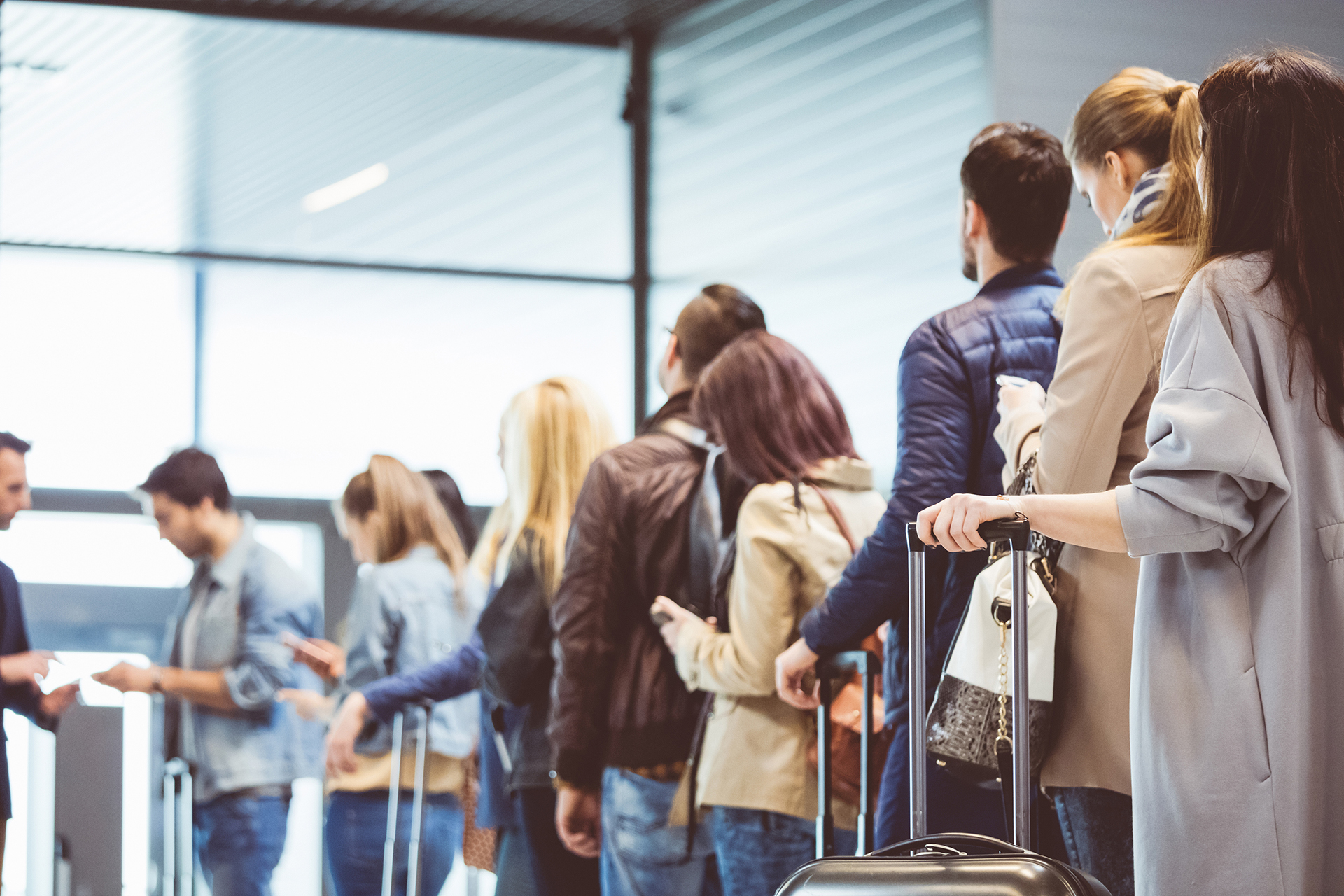The International Air Transport Association (IATA) is working with several airlines and intermediaries on a digital identification project to gain further insights on how digital identities can complement the existing identification standards – including the IATA Agency Code.
As part of this, creating added value to all participants in the areas of security, fraud prevention and ease of doing business is being considered.
Benefits of the new technology will include …
-Security – A digital identity provides a cryptographically-secure process to verify identity and the ownership of an IATA Code
-Fraud Prevention – Providing this level of identity authentication will prevent the fraudulent use of IATA Codes by non-authorized individuals and therefore reduce, for example, the level of fraudulent booking and payment activities
-Ease of business – A standard digital identity could be used across the industry value chain and with many different suppliers, therefore removing the need for a seller to sign up for a separate digital identity with each supplier
As part of its work in setting standards for the aviation industry, IATA has been issuing unique codes for travel agencies through its various agency programs – Accreditation, the Travel Industry Designator Service (TIDS) and IATAN (in the U.S.) for more than 40 years.
The industry standard 8-digit IATA Code has over the years become the reference identifier for travel sellers not just in air distribution, but also across the wider travel & tourism value chain, including for hotels, cruise lines, and car rental companies.
Along the same lines, the IATA ID Card has also become the standard industry identification for travel professionals, used by over 100,000 individuals worldwide in their daily interactions with travel and tourism suppliers.
Both services were originally designed in the age of paper tickets, and rudimentary electronic communications, but have evolved to suit today’s technological environment.
The IATA ID Card has already been transformed from a plastic card format into a digital app, allowing a range of new functionalities including new discounts and offers for card holders that are not just limited to travel related options, enhanced security (through two-step authentication) and many more to come.
Harsha Krishnan, Head Identity Services at IATA, says: “In parallel we have also seen changes on the airline distribution side over the past 40 years. Airlines are no longer limited to selling through their own sales offices or through traditional retail channels. Today, the modern airline retailing environment involves an efficient marketplace between suppliers, technology intermediaries and sellers that allows an airline to distribute their entire inventory of services through the widest range of different channels, while ensuring that the best experience for the seller and the traveller. At the same time, sellers need to work with a wide range of suppliers to deliver the services and packages that their customers are demanding”…



